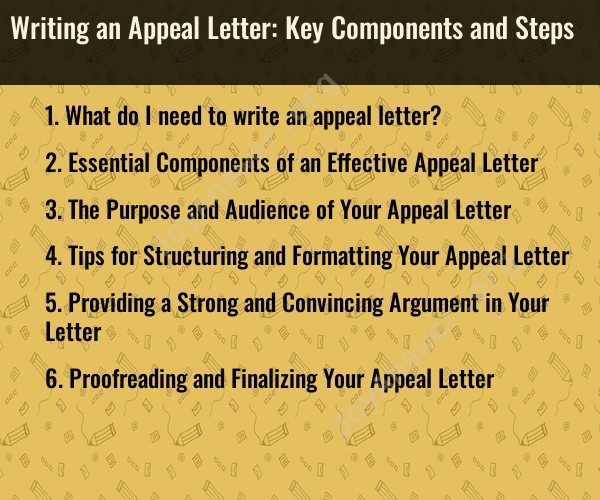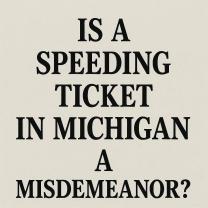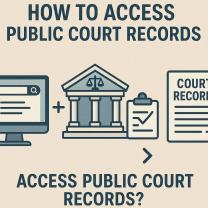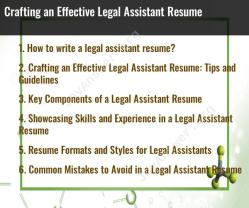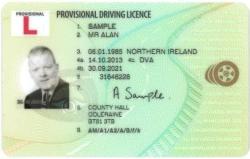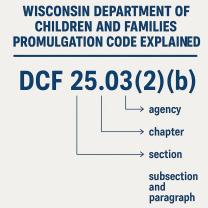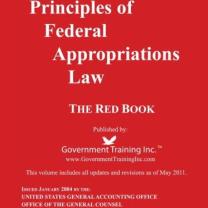What do I need to write an appeal letter?
Writing an appeal letter is a formal and structured process. Whether you're appealing a decision related to academics, a job, insurance, a legal matter, or any other issue, including key components and following specific steps can increase your chances of a successful appeal. Here's a guide on what you need and how to write an appeal letter:
Key Components of an Appeal Letter:
Your Contact Information: Include your full name, address, phone number, and email address at the top of the letter. If applicable, also include your student or employee ID number.
Date: Add the date when you are writing the letter.
Recipient's Contact Information: Address the letter to the specific person or office responsible for handling appeals. If you don't know the recipient's name, call or check the organization's website to find out.
Salutation: Begin your letter with a formal salutation, such as "Dear [Recipient's Name]."
Introduction:
- Explain the purpose of your letter. Clearly state that you are writing to appeal a specific decision.
- Mention the date of the original decision, and briefly identify the decision you are appealing.
Reasons for Appeal:
- Provide a clear and concise explanation of why you believe the original decision was incorrect or unjust.
- Back your reasons with evidence, facts, and relevant information. Be specific and organized in presenting your case.
Supporting Documentation: If applicable, attach copies of documents that support your case. This might include transcripts, medical records, letters of recommendation, or any other relevant records.
Body of the Letter:
- Present your arguments logically and in a well-structured manner. Use paragraphs to separate different points.
- Address counterarguments or concerns that the recipient may have. Be prepared to rebut them with your evidence.
Conclusion:
- Summarize your appeal briefly and restate what specific action or decision you are requesting.
- Express your desire for a fair and just resolution to your appeal.
Your Contact Information and Availability:
- Include your contact information once again.
- Mention that you are willing to provide further information or discuss your appeal in person, if necessary.
Closing: End the letter with a formal closing, such as "Sincerely" or "Yours sincerely."
Signature: Sign the letter by hand if sending a physical copy. If sending electronically, a typed name is acceptable.
Steps to Write an Appeal Letter:
Gather Information: Collect all relevant documents, records, and information related to the decision you are appealing. This includes the decision letter, any correspondence, and supporting evidence.
Address Your Letter: Find out the correct recipient's name and address. If it's not readily available, call the organization to confirm.
Write a Draft: Draft your appeal letter, making sure it's clear, concise, and well-structured. Ensure your arguments are supported by evidence.
Proofread: Review your letter for spelling, grammar, and clarity. Ensure there are no errors that might weaken your case.
Submit Your Letter: Send the appeal letter through the appropriate channels, whether by mail, email, or an online submission portal, following the organization's guidelines.
Follow Up: If you don't receive a response within a reasonable time, consider following up with the recipient to inquire about the status of your appeal.
Remember that maintaining a respectful and professional tone throughout your appeal letter is crucial. Be persistent but not confrontational, and focus on the facts and your argument. Tailor your letter to the specific situation and use language appropriate to the context, whether it's academic, legal, or professional.
Essential Components of an Effective Appeal Letter
An effective appeal letter should include the following components:
- A clear and concise introduction. This should state the purpose of your letter and what you are asking for.
- A strong body paragraph that explains your case. This is where you will present your argument and evidence to support your request. Be sure to be specific and persuasive.
- A call to action. Tell the reader what you want them to do, and make it easy for them to do it.
- A closing paragraph that expresses your gratitude and reiterates your request.
The Purpose and Audience of Your Appeal Letter
Before you start writing your appeal letter, it is important to consider the purpose of your letter and your audience. What are you trying to achieve? Who are you trying to persuade?
Once you have a clear understanding of your purpose and audience, you can tailor your letter accordingly. For example, if you are writing to appeal a grade, you will need to explain why you believe the grade is unfair and provide evidence to support your claim. If you are writing to appeal a decision made by an insurance company, you will need to explain why you believe the decision is incorrect and how it is impacting you.
Tips for Structuring and Formatting Your Appeal Letter
Here are some tips for structuring and formatting your appeal letter:
- Use a professional font and format. Your letter should be easy to read and free of errors.
- Keep your letter concise and to the point. Aim for one or two pages, maximum.
- Use clear and concise language. Avoid using jargon or technical terms.
- Organize your letter in a logical way. Start with a strong introduction, followed by a body paragraph that explains your case, and a conclusion that reiterates your request.
- Proofread your letter carefully before sending it.
Providing a Strong and Convincing Argument in Your Letter
The most important part of your appeal letter is your argument. This is where you will need to present your case and persuade the reader to grant your request.
To make a strong and convincing argument, be sure to:
- Be specific and provide evidence to support your claims.
- Be respectful and professional, even if you are disagreeing with the reader's decision.
- Avoid making personal attacks or accusations.
- Focus on the facts and explain how the reader's decision is impacting you.
Proofreading and Finalizing Your Appeal Letter
Once you have finished writing your appeal letter, be sure to proofread it carefully. Check for any errors in grammar, spelling, or punctuation. You may also want to ask a friend or family member to review your letter before you send it.
When you are ready to send your letter, be sure to address it to the correct person and include all relevant contact information. You may also want to send a copy of your letter to yourself for your records.
Here are some additional tips for writing an effective appeal letter:
- Be honest and sincere.
- Be personal and specific.
- Be professional and respectful.
- Be concise and to the point.
- Use clear and concise language.
- Proofread your letter carefully.
By following these tips, you can write an appeal letter that is more likely to be successful.
